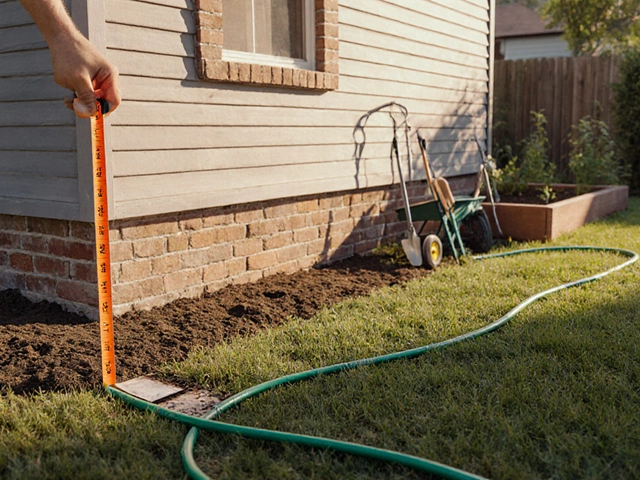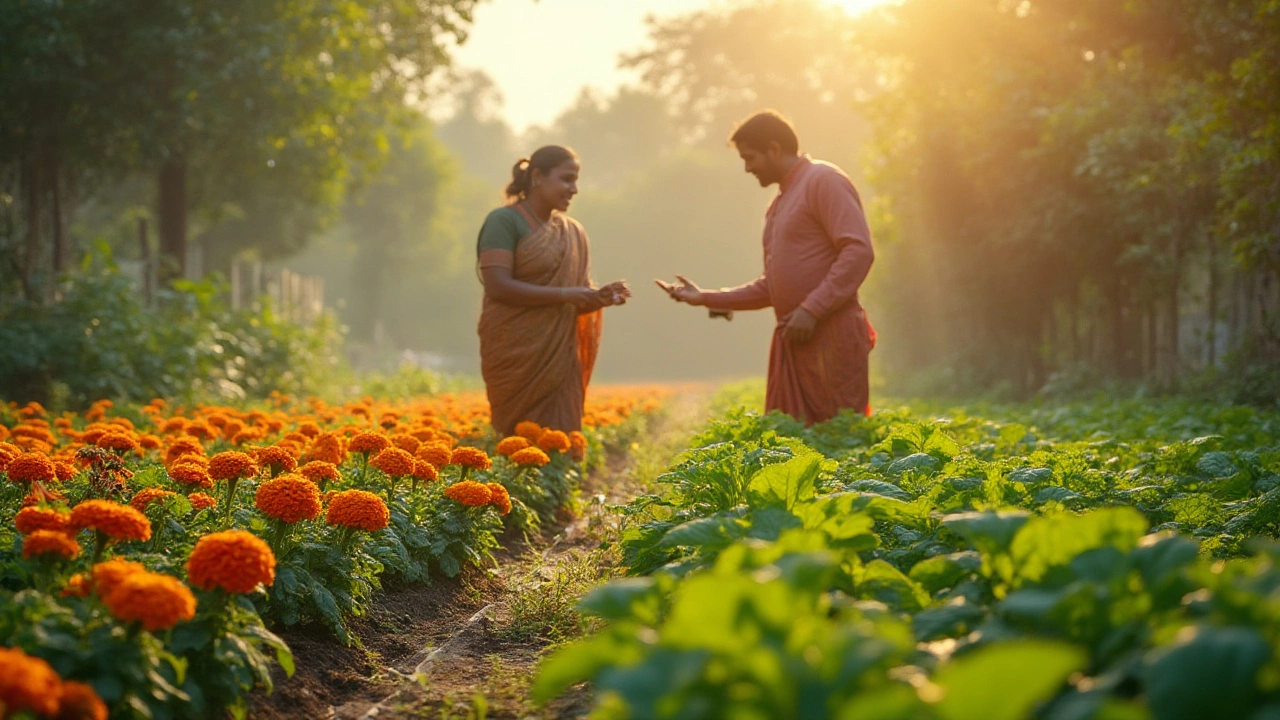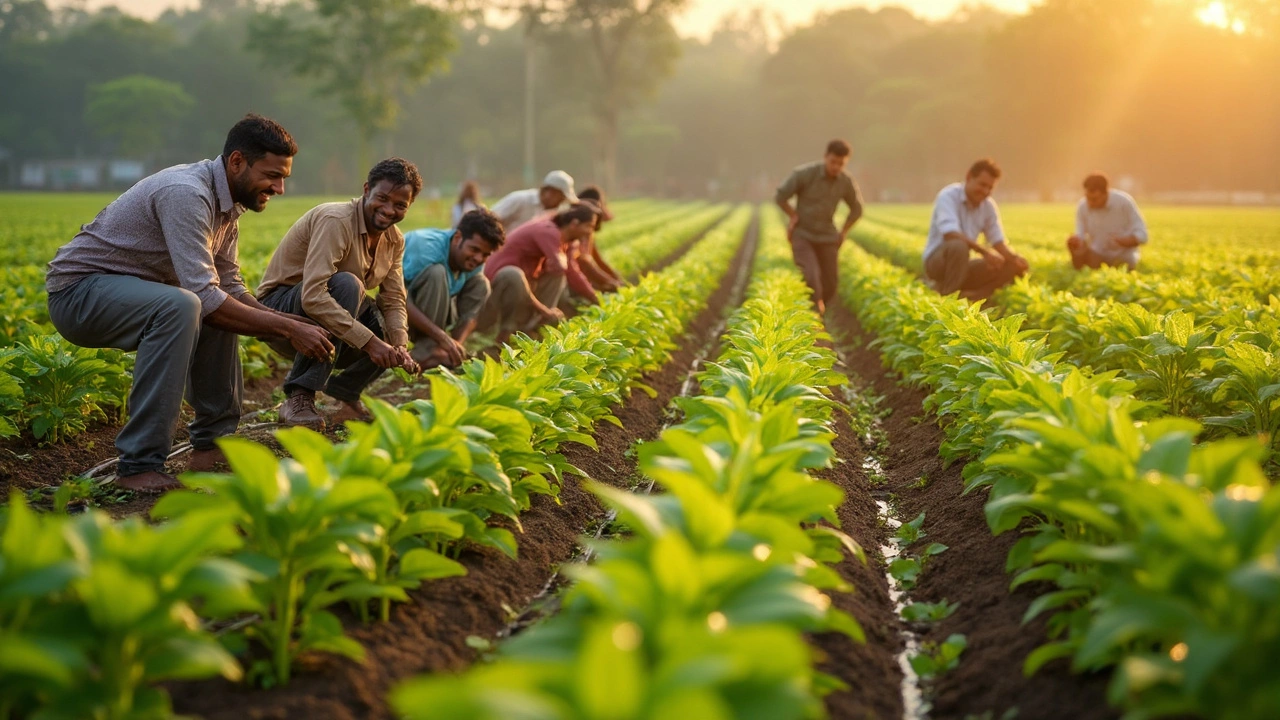Efficient Watering: Save Water and Grow Healthier Plants
Water is the lifeline of any garden, but in India we often face water scarcity or high bills. The good news? You don’t need fancy tech to water smarter. A few simple changes can cut your usage by half while keeping your plants thriving.
Why Efficient Watering Matters
When you overwater, roots sit in soggy soil, oxygen runs out, and plants get weak. Excess water also leaches nutrients, meaning you’ll need more fertilizer. In hot Indian summers, a shallow wet surface evaporates quickly, wasting precious drops. By delivering water right where roots need it, you protect the plant, the soil, and your wallet.
Efficient watering also helps the environment. Less runoff means lower erosion and fewer pollutants ending up in local water bodies. It’s a win‑win: healthier gardens and a healthier planet.
Practical Ways to Save Water
1. Use Drip Irrigation – A drip line places tiny streams of water directly at the base of each plant. You can buy inexpensive kits at local garden stores. Lay the tubing along rows, add emitters for each plant, and set a timer. This method reduces evaporation by up to 70% compared to sprinklers.
2. Water Early or Late – The sun’s heat evaporates water fast. Watering at sunrise or after sunset gives plants time to absorb moisture before the day heats up. A 15‑minute session in the early morning does more good than a 30‑minute midday soak.
3. Mulch Your Beds – A 2‑inch layer of straw, dry leaves, or coconut coir keeps soil cool and slows evaporation. Mulch also suppresses weeds, which would otherwise steal water.
4. Check Soil Moisture – Stick your finger about an inch into the soil. If it feels dry, water; if it’s still moist, hold off. You can also use a cheap soil moisture meter for more accuracy.
5. Group Plants by Water Need – Put thirsty veggies like tomatoes together, and drought‑tolerant herbs like rosemary in another spot. This way you can set different watering schedules without over‑ or under‑watering any group.
6. Reuse Grey Water – Kitchen runoff (after letting it cool) can be collected and used for watering non‑edible plants. Just avoid using water with heavy detergent or oil.
7. Choose Native Plants – Species that naturally grow in your region need less water. Think of neem, marigold, or bottle gourd for many Indian climates.
Start with one or two of these tips and watch your water use drop. Combine drip irrigation with mulch, and you’ll see the biggest savings. Remember, efficient watering isn’t about sacrificing plant health – it’s about giving water exactly where and when it’s needed.
Ready to make the change? Grab a drip kit, spread some mulch, and set a timer tonight. Your garden will thank you with greener leaves and bigger harvests, and you’ll feel good knowing you’re doing your part for a water‑wise future.
Drip Tape vs Drip Line: The Ultimate Guide for Efficient Watering
Confused about drip tape or drip line? Cut through the confusion with this 2025 hands-on guide, packed with real comparisons, practical tips, and clear stats for gardeners.
Exploring the Alternative Name for Drip Irrigation
Drip irrigation, commonly referred to as micro-irrigation, is a highly efficient watering system used in agriculture. This method delivers water directly to the plant roots, minimizing evaporation and maximizing resource efficiency. The article discusses the benefits of using this system, interesting facts about its development, and tips for implementing it effectively in various settings. Discover the science behind drip irrigation and why it's a game-changer for sustainable farming.
About
Drip Irrigation
Latest Posts
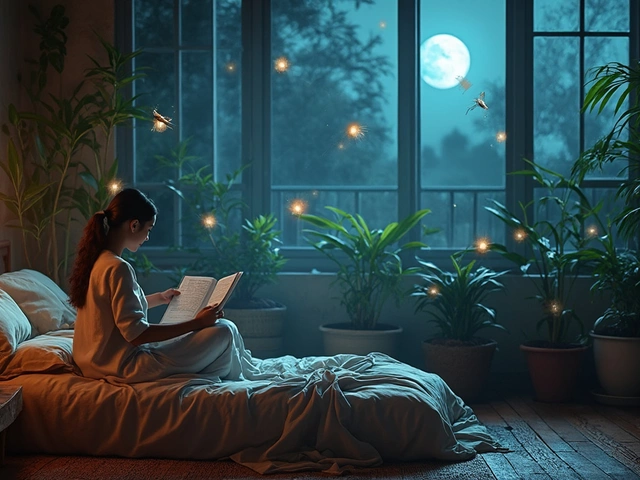
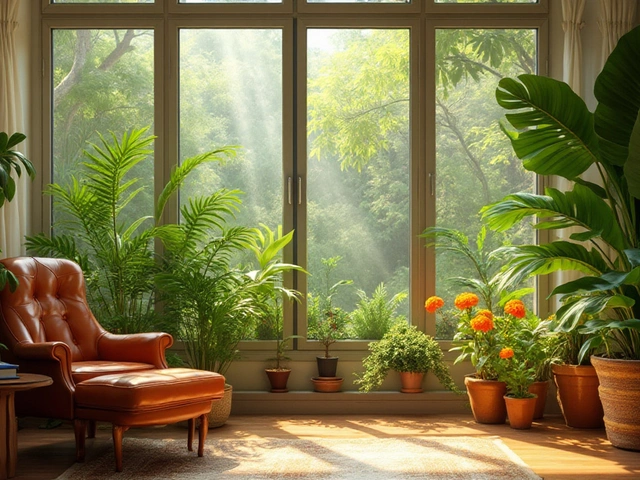
Top Indian Seasonal Plants to Brighten Your Home
By Alden Thorne Dec 25, 2024

Rainy Season Blossoms: Discovering India's Monsoon Marvels
By Alden Thorne Mar 13, 2025
Lotus Flower: Why It's the Most Iconic Flower of India
By Alden Thorne Jul 10, 2025
